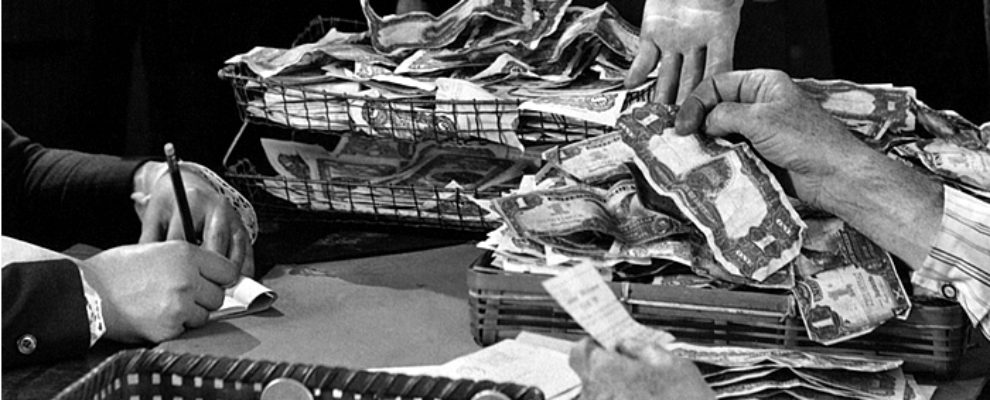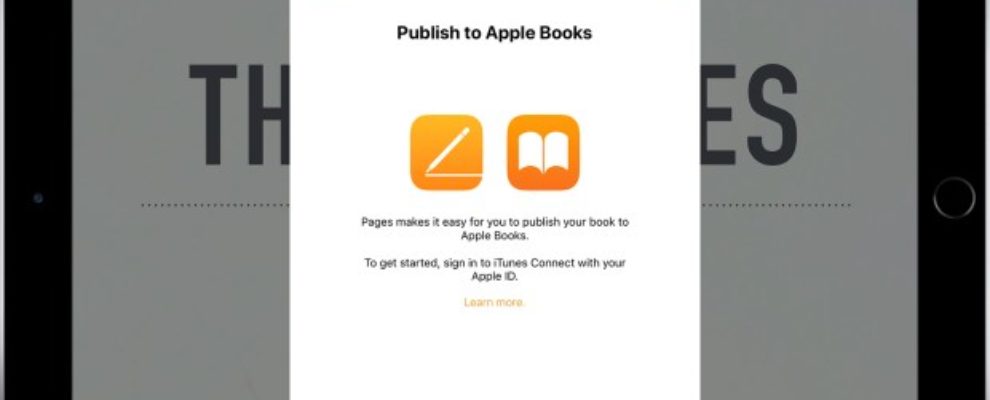Can I Make a Consistent Income Writing Fiction?
I’ve seen this question crop up repeatedly. Usually, from a new writer entering a group, and it’s usually accompanied by a genre (such as “Can I make big money writing erotica?”).
What set me to answering this question here was reading one author’s answer. I won’t name the person, but I have to admit that as I read, my jaw dropped lower and lower.
Paraphrased, it ran like this: Certainly! I know many writers who make thousands of dollars a month easily. There followed the usual litany of advice, all of which is good: produce books often, be on social media, learn about your genre and good business practices, etc.
Now, the writer is certainly successful, but in my experience there were a couple of things that needed clarifying.
First, there’s no such thing as making money easily. Sure, some writers can. Let’s take Nora Roberts. In fact, she’s the prime example of what it takes to be a successful writer / businesswoman.
Roberts writes efficiently. She writes several books a year. She writes in the same genre and in a series.
Can anyone do that? Sure, if you’re a Type A personality with the energy to write a lot of words per day, don’t have serious health problems, and has a spouse who supports you (or live alone). But first and foremost, you have to have that Type A personality.
Not everyone has that.
The answering author doesn’t realize that.
The answering author also didn’t realize that even Type A authors run into hiccups that reduces their income.
Two Cases of Income Drops
For example, on his podcast, Mark Dawson mentioned that when Amazon altered its algorithms, his monthly income dropped by 40 percent.
Think about that: 40 percent.
That’s a lot of moola.
Second, on a recent Mark Dawson podcast, Suzan Tisdale told about the time Amazon changed the basis on which it paid for Kindle Unlimited reads from “reading 10 percent of a book” to “pages read,” her income collapsed.
She called it “a sphincter prolapsing drop in income.”
Both authors found ways to bounce back, and their incomes are, if anything, higher than ever. But it sure wasn’t pleasant while it was happening.
Other Reasons for Income Drops
There are more ways that authors have lost income from their writing. They can be struck with a health crisis, either their own or their family members. That interferes with their production.
I know of at least two authors, each with two best-selling books, who for reasons unknown have been unable to put out a third book. [UPDATE: One of them just dropped book #3, so hurray!].
What Should You Do?
The connection between working hard, publishing frequently, and advertising efficiently with income is sound, but never take it for granted. What you earn last month won’t mean that you’ll earn the same this month, even if you’re doing exactly the same thing that you did last month.
Remember that you are in the same position as a freelancer. Your income will go up. Your income will go down. Bad things will happen.
So plan for it. Establish how much you need every month to pay your bills and support your family. Bank the extra. Don’t buy that castle in Spain! Treat your profession like any free-lancer whose income could drop, and prepare for it.
If you prepare for trouble that doesn’t come, you’ll be in an even better position to meet it when it does.













